Listeners:
Top listeners:
-
 play_arrow
play_arrow
RiseupRadio RiseupRadio UK
The Northern Lights were spotted in the UK on Tuesday – and could return again tonight.
Known as the aurora borealis, they are typically seen further north in countries like Iceland and northern parts of Finland, Norway and Canada.
But after being spotted in northern parts of the UK on Tuesday night, geomagnetic activity has spiked again on Wednesday afternoon, opening the door to it returning.
It comes after recent months have seen the Northern Lights make repeated returns to the UK.
This is because the Sun is currently undergoing its solar maximum, the peak of its 11-year cycle of activity.

The aurora borealis over Whitley Bay on the North East coast of England in March. Pic: PA
During this, there is an increased number of sunspots, which means there’s a greater chance of coronal mass ejections (CMEs) and solar flares.
These, in turn, can lead to the Northern Lights being visible on Earth.
The sightings overnight on Tuesday coincided with a spike in geomagnetic activity caused by a CME.
Later on Wednesday afternoon, geomagnetic activity spiked again, according to AuroraWatch UK, a site run by Lancaster University, to red alert levels more than double those seen on Tuesday night – raising the prospect of a repeat.
According to the university, a red alert means “it is likely that aurora will be visible by eye and camera from anywhere in the UK.”
However, chances of seeing the aurora on Wednesday night took a hit because the CME that reached Earth on Tuesday has now passed, and because northern areas, where it tends to be most visible, look like they will see overcast cloud cover with some rain.
The south will have clearer skies, but it’s less likely to reach as far.
Similarly, there will be some associated effects from the CME on Tuesday, but it isn’t clear how strong these will be.
What’s the best way to capture them?
While the Northern Lights are visible to the naked eye, the colours often appear faint and muted compared to those captured by camera.
To take better pictures of the aerial phenomena, Adobe recommends using manual camera settings and a wide aperture on a camera.

Follow our channel and never miss an update
It suggests using low shutter speeds, up to 20 seconds, as well as setting the camera’s ISO value all the way to 2,000 or higher – such settings are usually available in smartphones’ camera settings.
What causes the Northern Lights?
The shimmering spectacle occurs when energy and charged particles released from the sun through CMEs and solar flares travel towards Earth on the solar wind.
They then collide with the Earth’s magnetic field and upper atmosphere, interacting with gases to create spectacular displays of blue, purple, green, pink and red.
Read more from Sky News:
Ex-snooker champ accused of child sex abuse
Footage of Gene Hackman’s home released
Colossal squid captured on film
Install the Sky News app for free
If the solar activity is strong enough, it will cause a geomagnetic storm.
Such activity occurs more often during the solar maximum.
Written by: Pippa Taylor
Similar posts
Recent Posts
- Why Putin has suddenly offered an ‘Easter truce’ – and the interesting way it’s being presented
- Upskirted teacher says women being ‘targeted’ by misogynistic attitudes in classroom
- Trans rights activists protest after court ruling on definition of a woman
- Eurovision star and face of Bisto gravy dies
- JD Vance meets with the Pope during visit to Rome
Recent Comments
-

Drive Time Show
Sing your heart out to our sing-along drive time music!
Turn it up, wind it down, and drive into the evening with good vibes only – only on Riseup Radio.
close Top popular
CONTACTS
- https://riseupradio.uk/
- +01 0101 01 23 31
- studio@riseupradio.uk
ABOUT
RiseupRadio is your feel-good online station, broadcasting from Greece and the UK. From throwbacks to party vibes, we’ve got the tunes to lift your day. Tune in and rise up with us!
© 2025 RiseupRadio. All rights reserved.
RiseupRadio.uk |
RiseupRadio.co.uk | RiseupRadio! App
All content is owned by RiseupRadio and may not be copied or reused without permission.

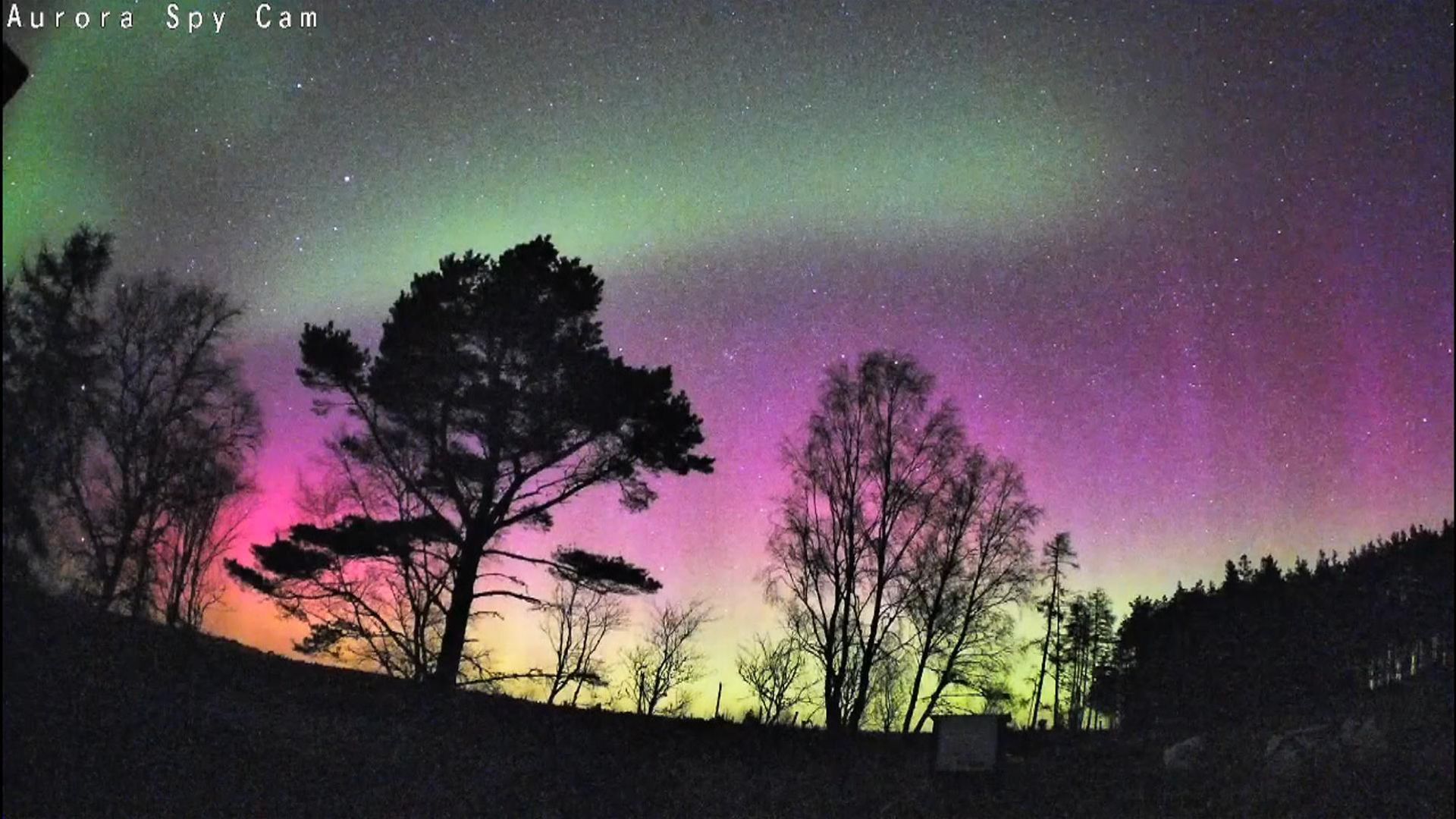



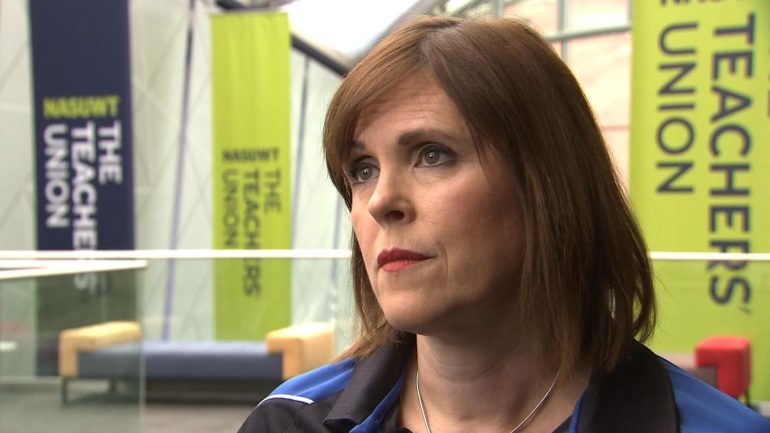
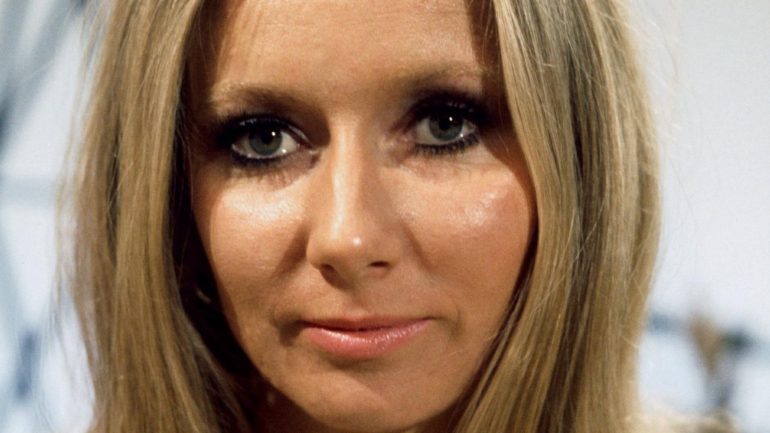



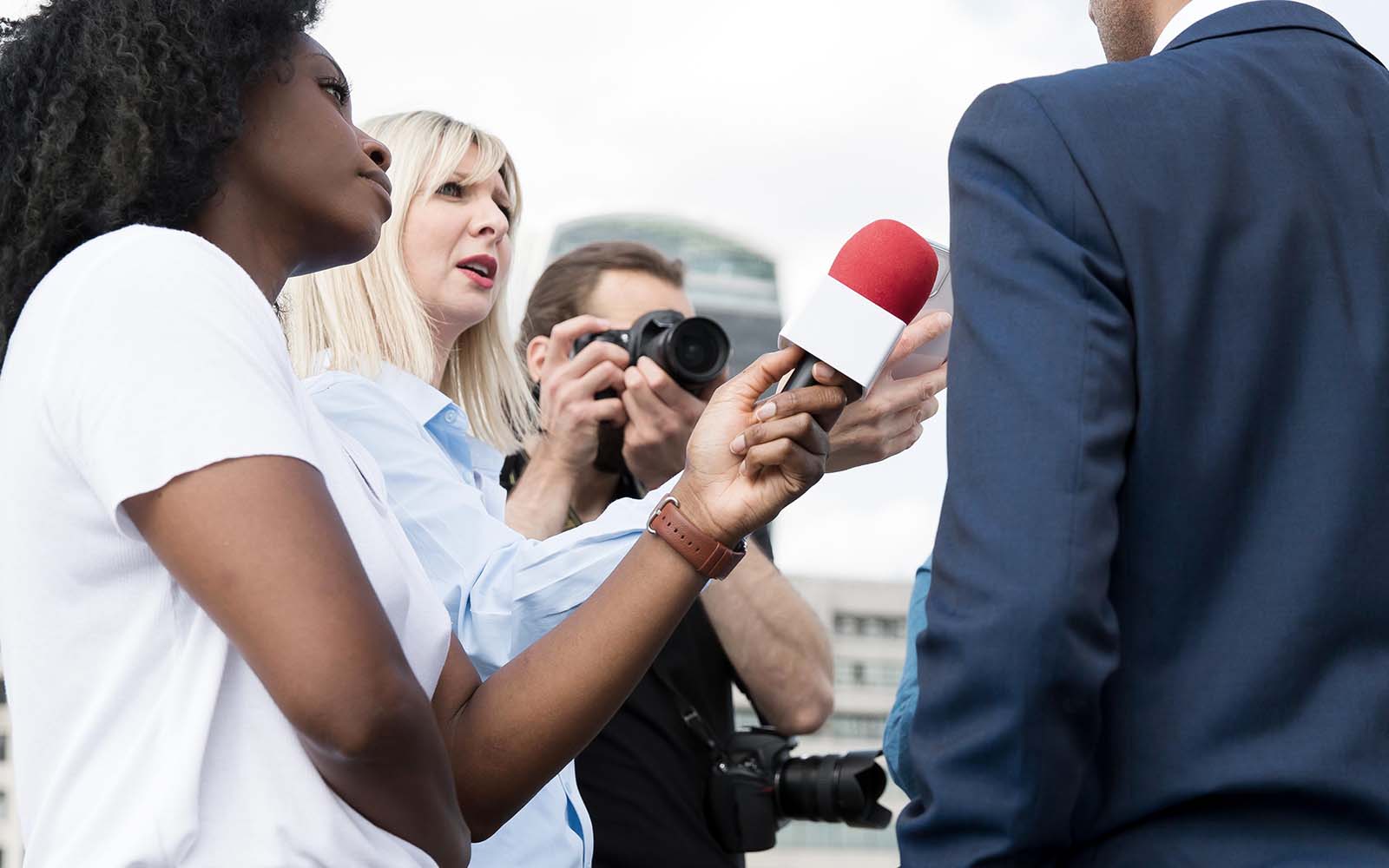
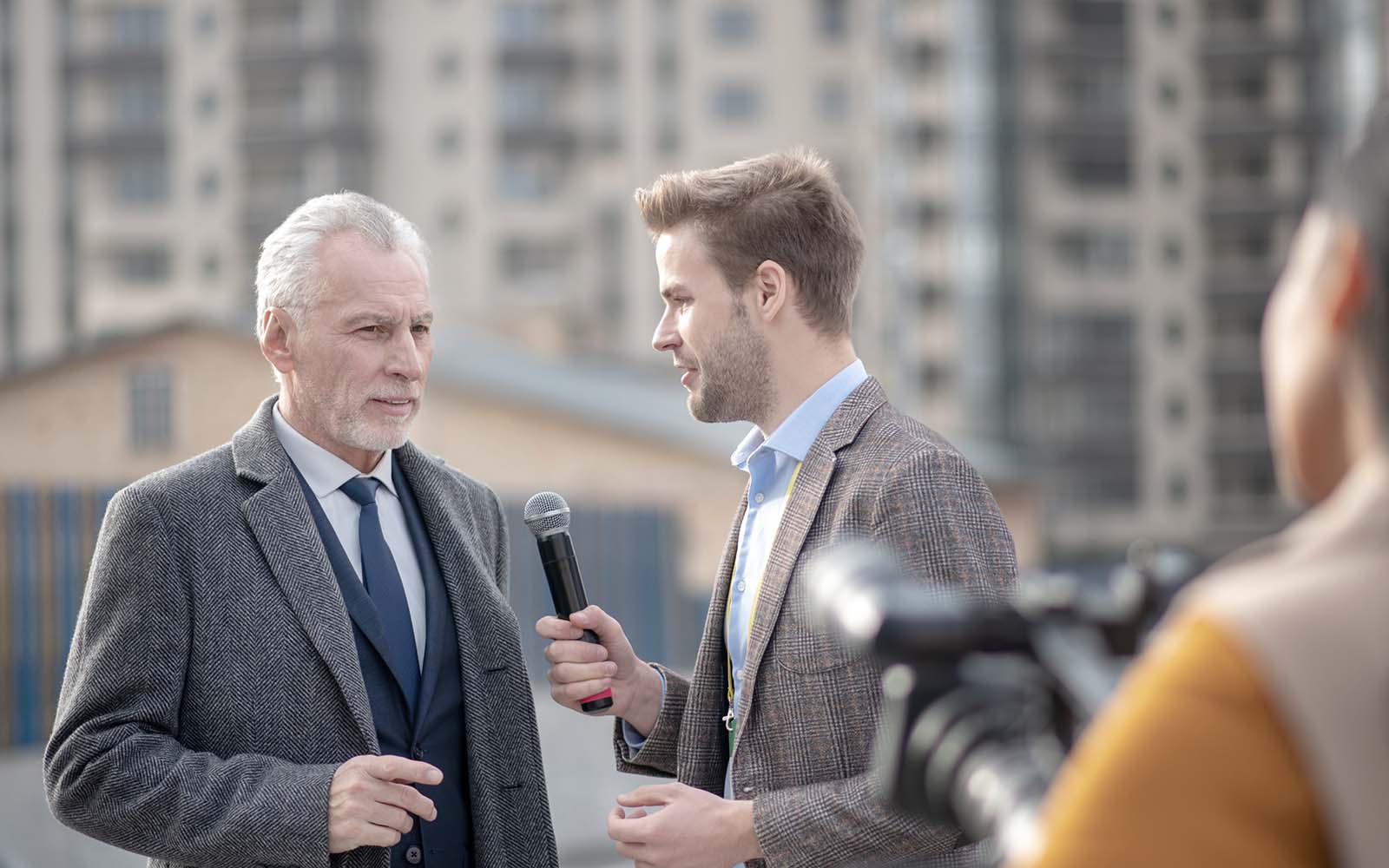



Post comments (0)